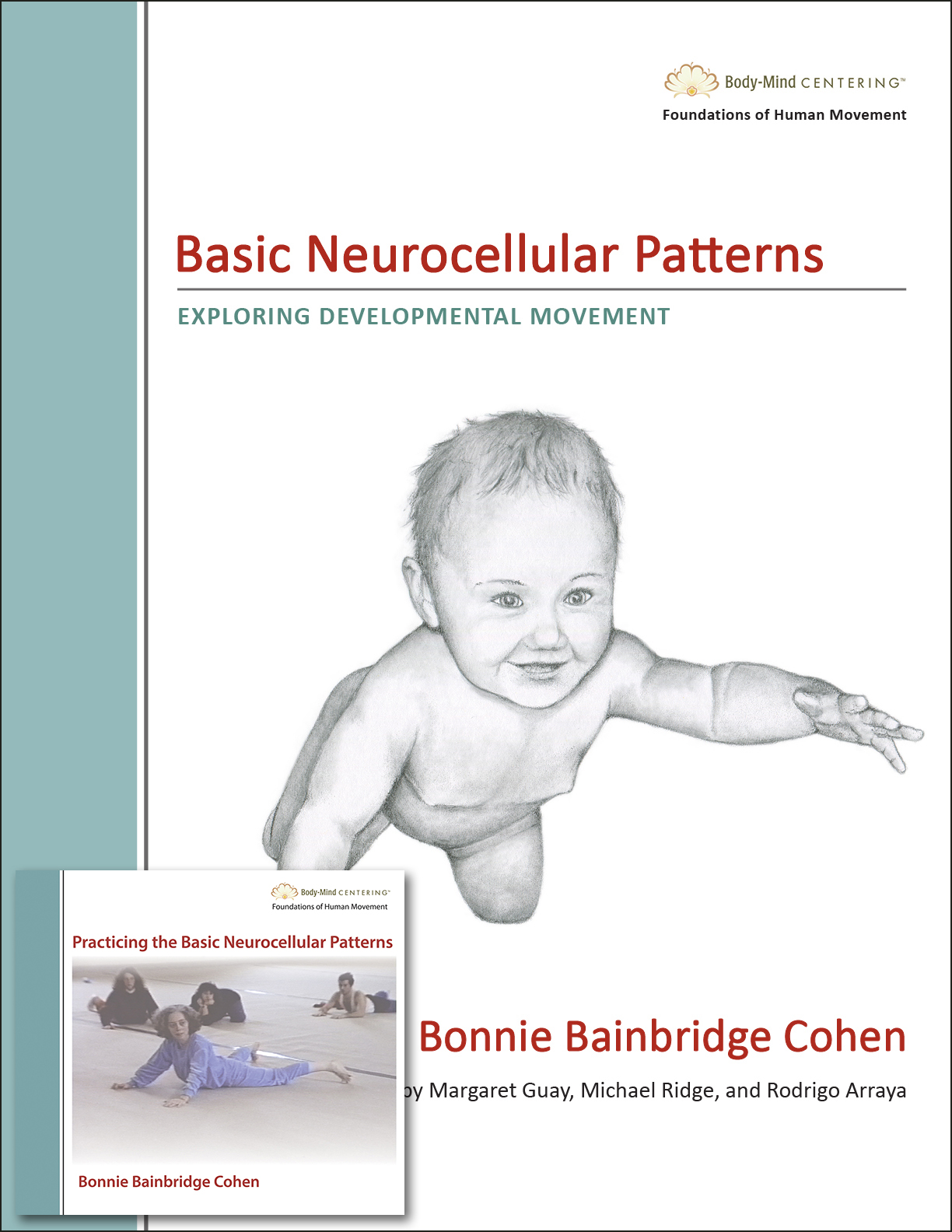“Weakness, inflexibility, and lack of coordination are often not due to structural or muscular problems but caused by a lack of process. When that process is actualized, we experience strength, flexibility, and ease in our movement and our mind. The Basic Neurocellular Patterns are an exploration of that process.” – Bonnie Bainbridge Cohen
Save 20% by purchasing the Basic Neurocellular Patterns: Exploring Developmental Movement book and Practicing the Basic Neurocellular Patterns video together as a package.
Book • First Edition, 2018. Paperback: 430 pages, 400+ illustrations, 80 explorations
eBook • EPUB format
DVD: Three discs; 190 minutes; English subtitles
Streaming • 190 minutes; English subtitles
